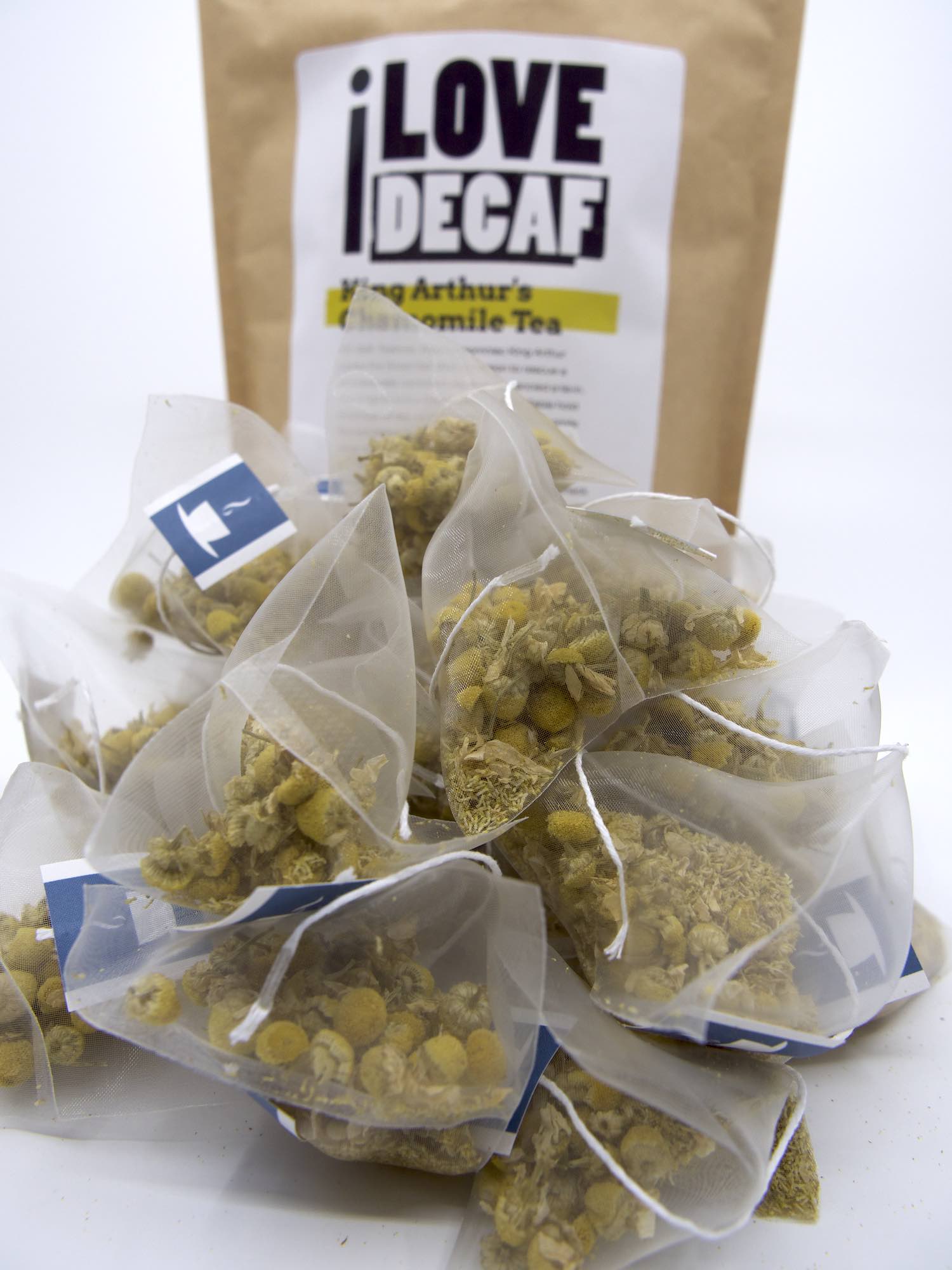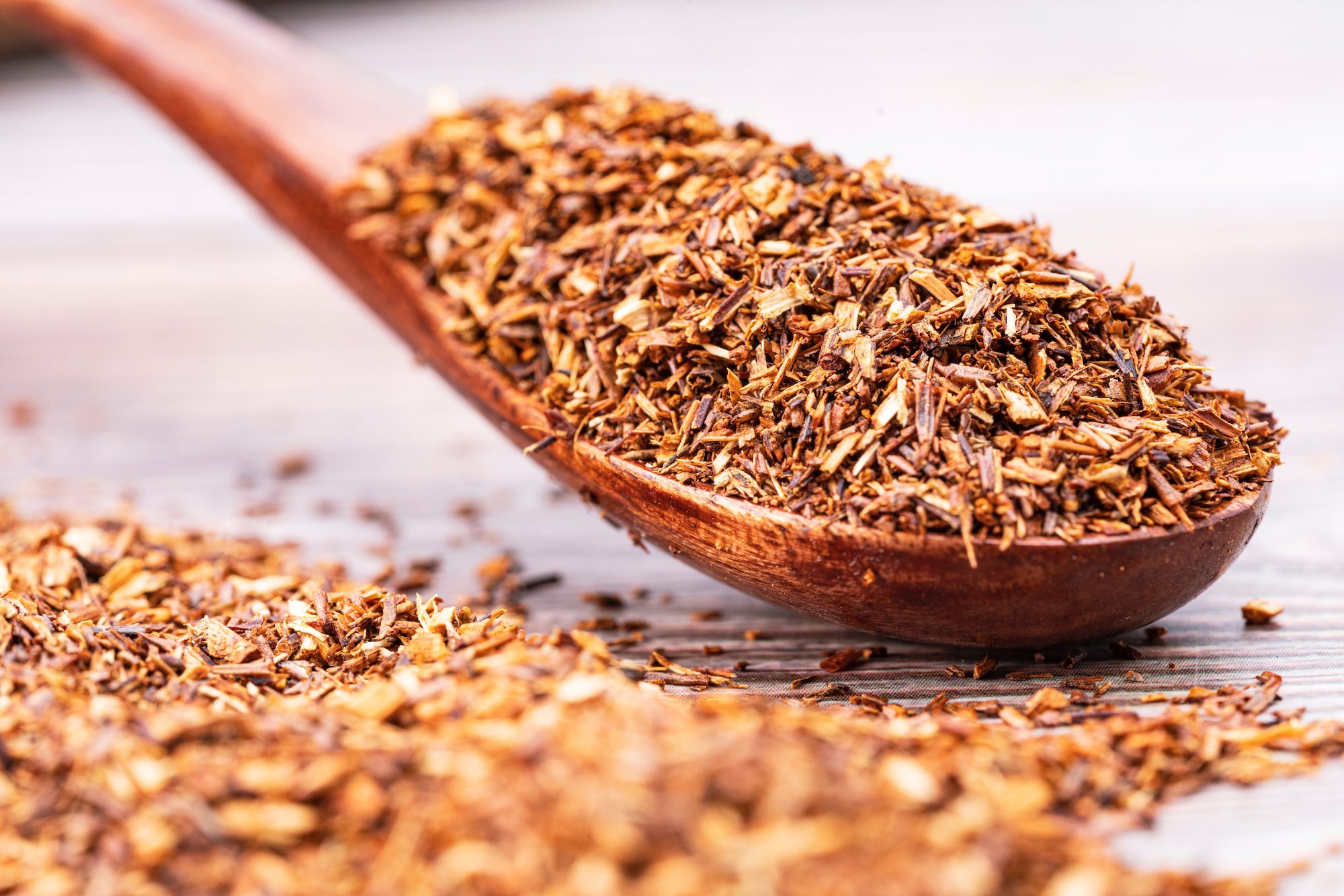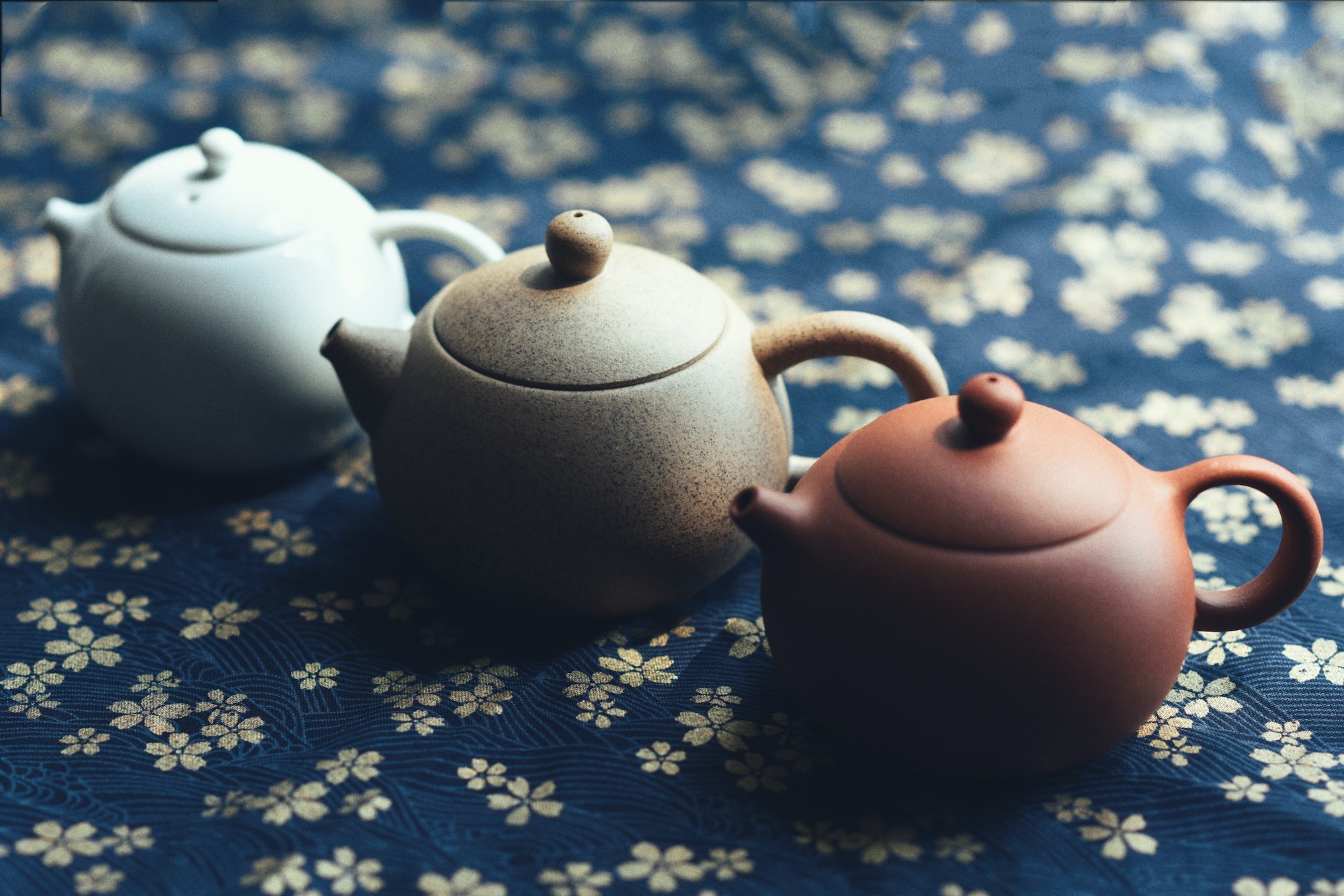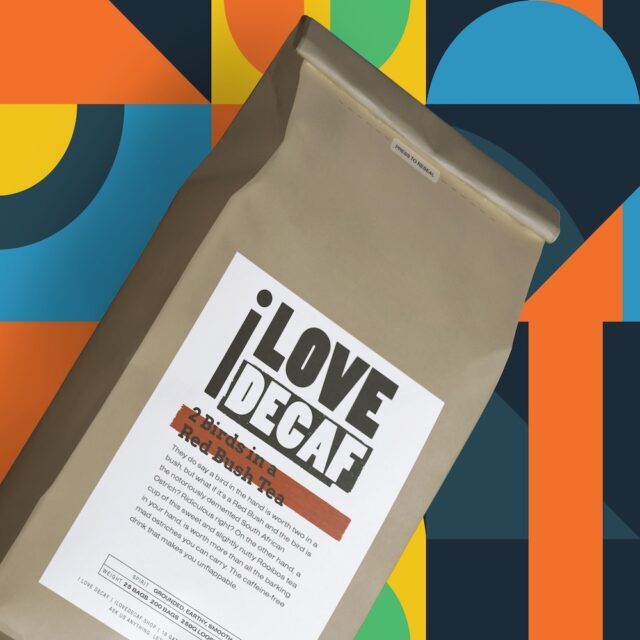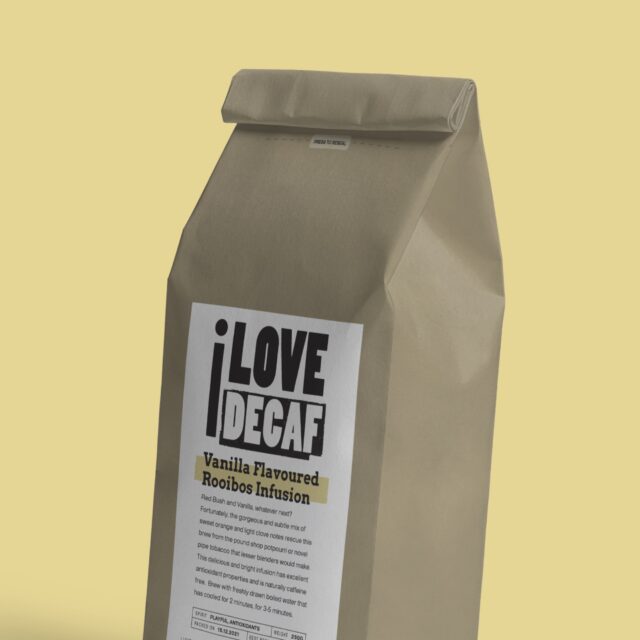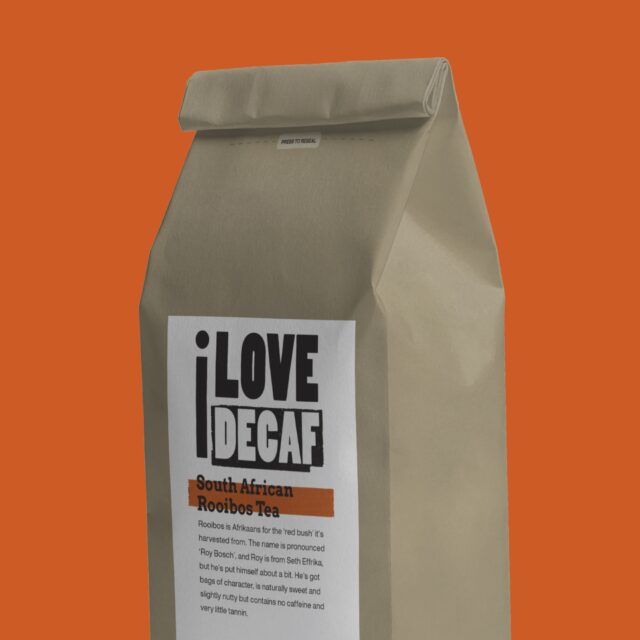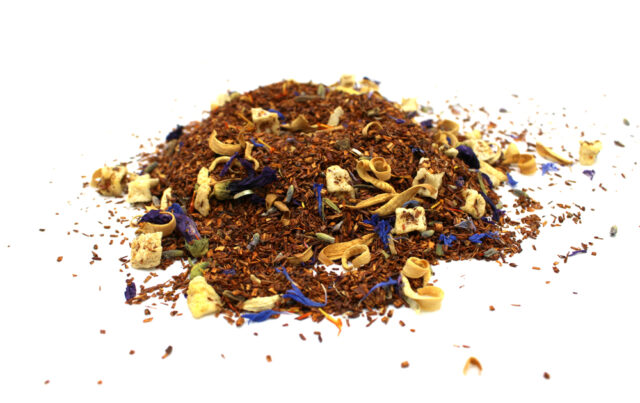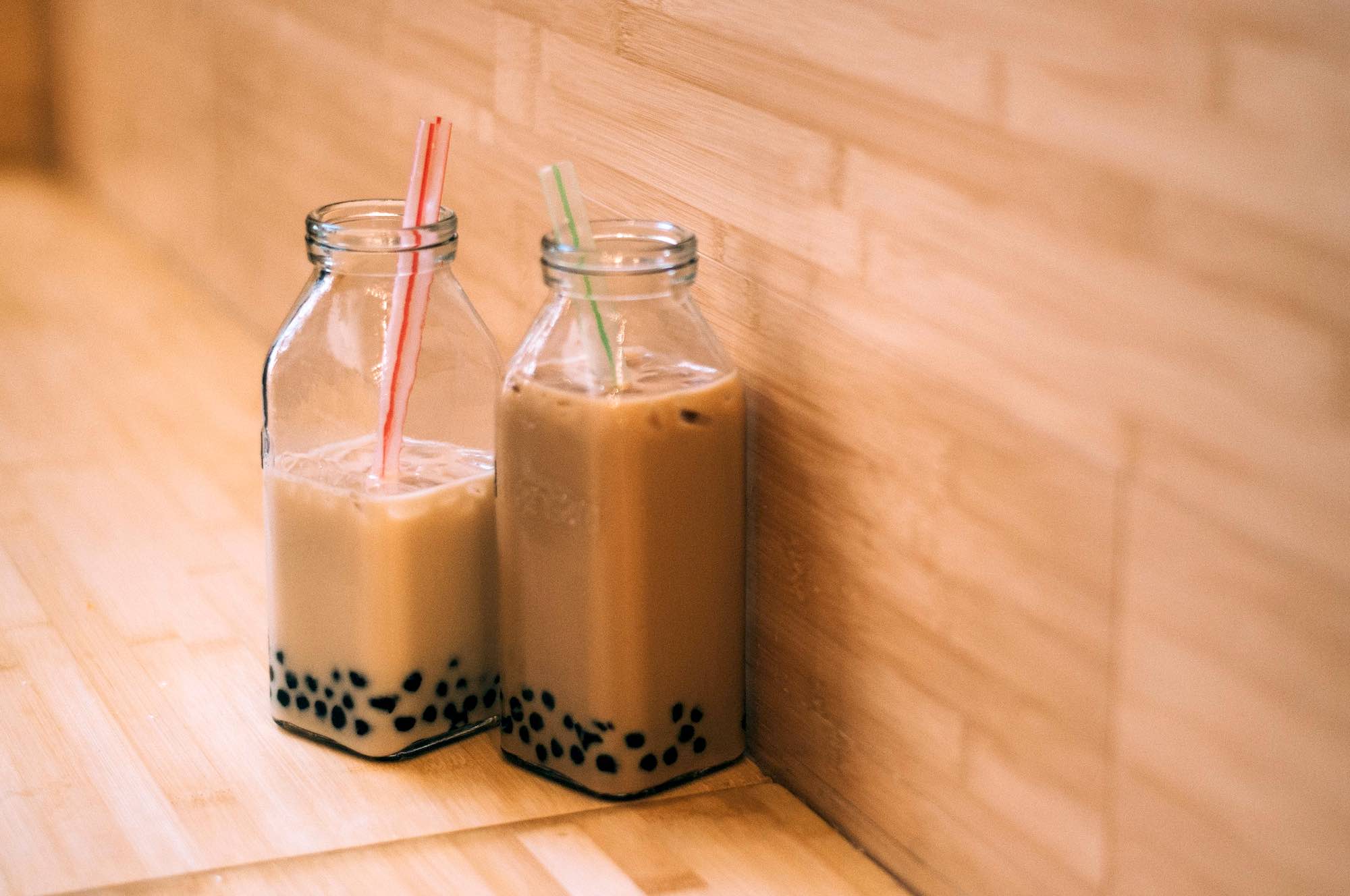Tea is one of the most popular drinks around the world, and for good reason – it’s delicious, refreshing, and can help you stay hydrated. However, not all teas are made with caffeine – in fact, many tea types don’t contain any ‘tea’ at all but are what are properly called infusions. Infusions are steeped in hot water like ‘normal tea’, but their leaves do not come from a traditional tea plant – a kind of Camelia. Check out this list of top 4 non-caffeine, non-tea teas to see which one is right for you.
1. Rooibos Tea
Rooibos tea is a type of herbal infusion that is sometimes mistaken for a true tea. It is made from the leaves of the red bush, which is a low-lying shrub that grows naturally on the Western Cape of South Africa. The first recorded pot of rooibos tea was around 300 years ago in colonial times, but it’s likely that its use by the indigenous civilization of the area predates this by millennia.
Those red bushes that give up their leaves lend rooibos tea an almost startling amber colour
Rooibos Health Benefits
Some of the health benefits of drinking rooibos tea include its ability to regulate blood sugar levels and relieve symptoms of depression and anxiety. It also has anti-inflammatory properties, which can help to reduce the risk of heart disease and other chronic illnesses.
It’s likely that colonial settlers took to rooibos because of the punishing cost of importing black tea from Asia and, indeed, rooibos can be drunk with milk and sweetened like black tea.
2. Hibiscus Tea
One of the most popular teas that are not tea is hibiscus tea. Hibiscus is a flowering plant that grows in many parts of the world. The leaves and flowers of the hibiscus plant are used to make this tea which is commonly served cold or over ice and it is also used as a mixer for other drinks.
Like all herbal teas, Hibiscus tea contains no caffeine, which makes it a good choice for people who are trying to reduce their caffeine intake. Like rooibos tea, it is also a good source of antioxidants, which can help to improve your health. Hibiscus tea has a sweet taste that some people find appealing.
3. Chamomile Tea
Chamomile tea is a type of herbal tea that is made from chamomile flowers. Chamomile is a member of the daisy family and is known for its calming effects.
Nature’s chill assistant – chamomile tea – is a good choice if you are looking for a drink that is free of caffeine and will also help you relax. Chamomile has been shown to have anti-anxiety and anti-depressant effects. It can also help to improve sleep quality.
Some people prefer to drink chamomile tea before bed to help them get sleepy. Others like to drink it in the morning as an energy boost. Either way, chamomile tea is a great choice if you want to avoid caffeine.
4. Raspberry Tea
Raspberry tea is made from raspberries and water. It is a sweet, fruity drink that can be enjoyed cold or hot.
Raspberry tea is great for people who want a natural way to boost their energy levels. It is also a good choice for people who are looking for a drink that will help them relax.
Like chamomile, raspberry tea is a popular choice before going to bed because of its relaxing and sleep enhancing qualities.
Raspberry tea is a great drink for when you want to avoid caffeine. This tea contains many health benefits, including reducing the risk of heart disease and cancer. If you are looking for a healthy alternative to coffee, raspberry tea is a great option. It contains few calories and no sugar, so it is a good choice if you are trying to lose weight or maintain your health.
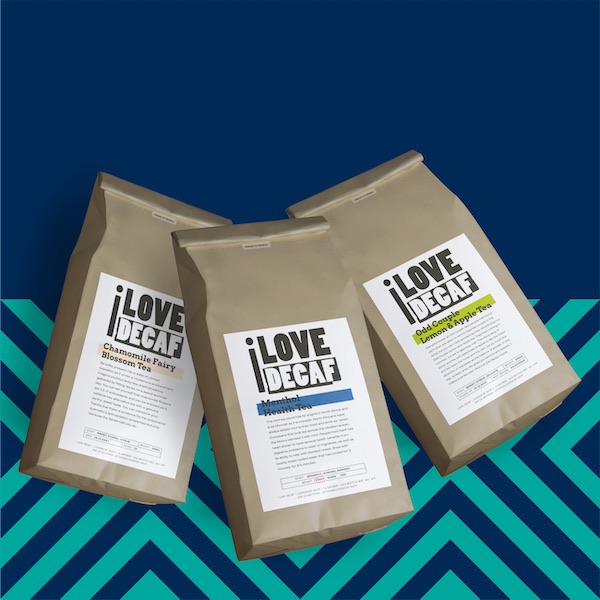
Herbal and fruit tea
At I Love Decaf, we provide the best possible fruit and herbal tea bags and loose fruit tea infusions. Our herbal tea and fruit infusions expertly blended to bring out the spirit in each cup.

